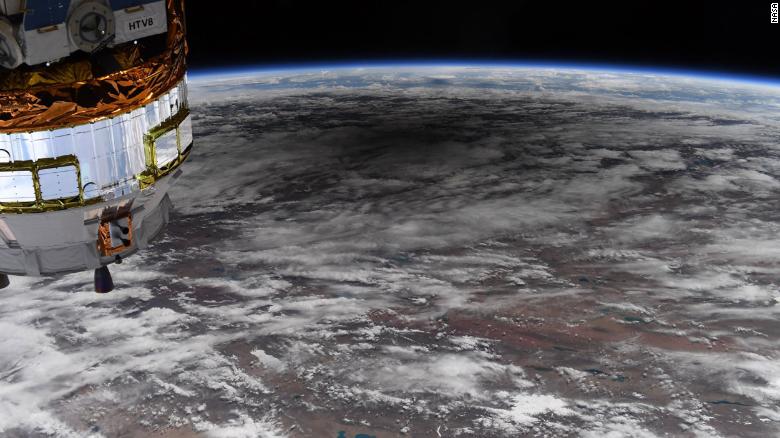johnnydeep wrote: ↑Mon Jun 22, 2020 5:17 pm
Sadly, try as I might, I'm just not understanding what I'm looking at, nor what imaging processing was done - if any - to create this image

Sure, the moon passed in front of the sun and eventually created an annual eclipse, and sure, moon mountain peaks start blocking the sun first, but that's as far as I can get. I think a video
might help.
Very clever composite, and it naturally creates an exaggeration that is very revealing!
- Not sure I can answer everything for you, but suppose the Moon is crossing the Sun's face from right to left. Take your first image just as the right edge of the Moon is still barely covering the right edge of the Sun. Take a next image a bit later and a few points of light should be appearing to the right of the Moon. Take another image a bit later when there are more points of light at the right, and some of the points are expanding, and so on. For each of these images, you're just keeping a crescent of light from the right part of the Moon, not the rest of the image. And place these images, each slightly to the left of the last.
(I'm not sure, but if your camera is looking at a fixed position, this is actually the opposite of the direction that this show is moving in the sky, the Sun and Moon both progressing westward, with the Sun progressing faster than the Moon. But I think this experience of mine is dependent on me being an observer who lives in the Northern hemisphere, and I'm watching such things happen to the South of me. For other locations on the Earth and directions of view, this movement relative to a fixed camera on a tripod would be different.)
- The final image in this sequence is when the Moon is centered over the Sun, so you get a full and symmetrical ring. For this image, keep the entire image around the Moon.
- Now, start focusing on just the left side of the Moon and take a set of images as the Moon's edge covers more and more of the Sun's left edge. Just the left-side crescent of each of these is kept, and they are placed each to the left of the next one.
So, this is a time-lapse sequence from right-to-left. (As I was saying, this only matches the apparent motion of the two bodies under a somewhat different reference frame than while just sitting in your chair looking up at one spot.)
First, I hope I haven't made any mis-statements of this. Second, I hope it helps!
... Oh, one other thing to mention, perhaps. Unless conditions were just right, I think that if images were taken at a steady pace, there would have been quite a few images between the central image and the ones on either side of it, all of which would have been "boring", because they would have shown a full arc of light. So, probably some images were left out of the sequence, because they would make the image wider, but no more interesting. Then again, they could have been revealing in their own way -- as to how long the full transit process actually took, in comparison to the transition periods.
 Moon Mountains Magnified during Ring of Fire Eclipse
Moon Mountains Magnified during Ring of Fire Eclipse